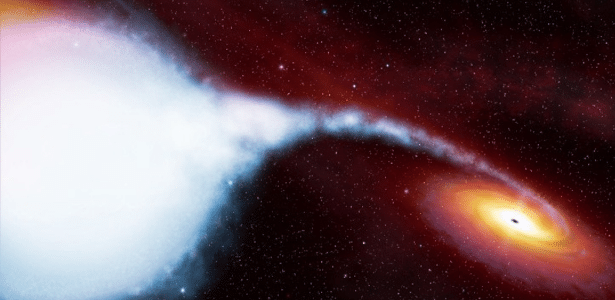Astronomers may have spotted the first planet ever discovered in another galaxy. The potential star, named M51-ULS-1b, orbits a “giant” and a dead star in the Whirlpool galaxy, about 28 million light years from Earth (one light year equals 9, 46 trillion kilometers).
If confirmed, the planet’s existence suggests that many “extragalactic exoplanets” could still be discovered by astronomers, says a study published in the scientific journal. Nature Astronomy.
“We probably always thought that there were planets in other galaxies,” said astrophysicist Rosanne Di Stefano, a researcher at Cambridge University, in an interview published by the website. Science News. “But actually finding something is a beautiful thing, a lesson in humility.”
More than 4,800 planets have been discovered orbiting stars other than the Sun, but they are all part of the Milky Way. On the other hand, there is no reason to think that there are no planets outside of it, highlights the scientific media.
Unfortunately, the “hunting” of planets from other galaxies is hampered by distance, as the stars end up appearing too close together and make individual observation difficult to identify planets around them.
In 2018, Di Stefano and astrophysicist Nia Imara, part of the University of California’s research body, suggested that the search for these planets be done by identifying “x-ray binaries,” a class of binary stars.
These pairs are usually composed of a large star and the remnants of a second large star that has “collapsed” into a black hole or neutron star. The dead star “steals” material from the living one and heats it up, reaching temperatures so high that it emits very bright x-rays, standing out from the rest of the stars.
The region that emits these rays may be smaller than a giant planet, so if any existing planet passes or transits in front of this binary system, changing the perspective of astronomers observing from Earth, it could block the x-rays, “giving up” its existence.
Although Di Stefano’s team technique worked on a first observation, she points out that she doesn’t expect to see the M51-ULS-1b again, as it could be decades before it passes in front of the host stars again. “The real test is to find more planets,” concludes the astrophysicist in a statement to Science News.
–


